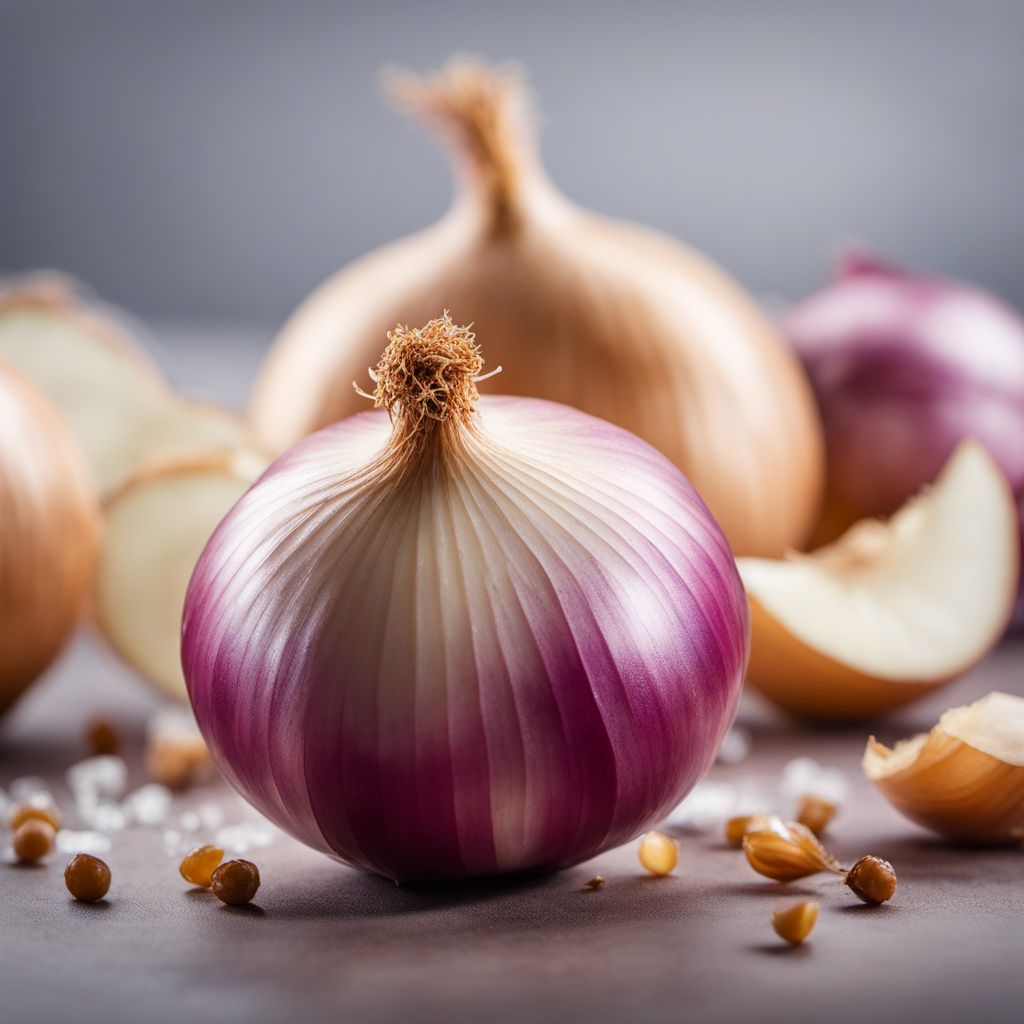
Ingredient
Onion flavour
"The Versatile Essence: Unleashing the Power of Onion Flavour"
Known for its pungent aroma and distinct taste, onion flavour is derived from the Allium genus, which includes various onion species. It possesses a crisp texture when raw, but transforms into a soft and sweet delight when cooked. With its layers of flavor, ranging from mild and sweet to sharp and tangy, onion flavour enhances the taste of countless culinary creations. Its appearance varies depending on the onion species, with colors ranging from white and yellow to red and purple.
Origins and history
Onions have been cultivated for thousands of years and have a rich historical background. Originating in Asia, they were highly valued by ancient Egyptians, Greeks, and Romans for their medicinal properties and culinary versatility. Onions were even used as currency in some cultures, highlighting their significance in trade and daily life.
Nutritional information
Onion flavour is low in calories and fat, making it a healthy addition to meals. It is a good source of vitamin C, dietary fiber, and antioxidants, which contribute to overall well-being.
Allergens
Some individuals may be allergic to onions, particularly those with a sensitivity to sulfur-containing compounds. Allergic reactions can range from mild to severe, so caution should be exercised when consuming or handling onion flavour.
How to select
When selecting onion flavour, choose bulbs that are firm, with dry and papery skins. Avoid any onions that have soft spots, mold, or signs of sprouting. The neck of the onion should be tightly closed, indicating freshness. Additionally, consider the size and color of the onion based on your recipe requirements.
Storage recommendations
To maintain the freshness and quality of onion flavour, store them in a cool, dry, and well-ventilated area. Avoid storing onions near potatoes, as they can cause each other to spoil more quickly. Whole onions can be stored for several weeks to months, while cut onions should be refrigerated and used within a few days.
How to produce
To produce onion flavour at home, amateur gardeners can grow onions from seeds or sets. Onions thrive in well-drained soil and require full sun exposure. Plant the seeds or sets in early spring, ensuring proper spacing between each plant. Regular watering and weeding are essential for optimal growth. Harvest the onions when the tops have dried and fallen over, and allow them to cure in a cool, dry place before using.
Preparation tips
To prepare onion flavour, start by removing the outer skin and cutting off the root and stem ends. Slice, dice, or chop the onion according to your recipe's requirements. To reduce the pungency, soak the chopped onions in cold water for a few minutes before using. Sautéing or caramelizing onions brings out their natural sweetness, while adding raw onions to salads or salsas provides a refreshing crunch.
Substitutions
If onion flavour is not available, shallots or leeks can be used as suitable substitutes. Shallots offer a milder and sweeter flavor, while leeks provide a subtle onion-like taste.
Culinary uses
Onion flavour is a staple in various cuisines worldwide. It serves as a foundation for many dishes, such as French onion soup, Indian curries, and Mexican salsas. It can be used as a base for sauces, marinades, and dressings, or added to stir-fries, omelets, and meat dishes for an extra burst of flavor.
Availability
Onion flavour is widely available and cultivated in numerous regions around the world, including Asia, Europe, North America, and South America.
More ingredients from this category » Browse all

Chicken flavour
The Savory Essence: Unveiling the Magic of Chicken Flavour

Cappuccino flavour
Indulge in the Richness of Cappuccino Flavor
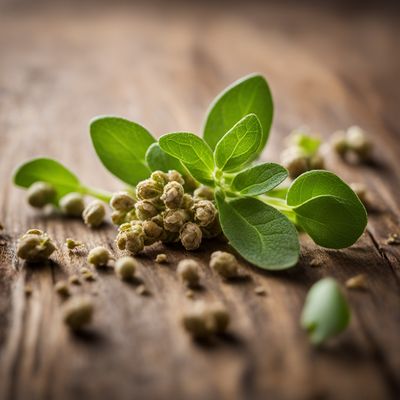
Marjoram flavour
The Fragrant Herb: Marjoram and Its Aromatic Delights

Sultanas flavour
The Sweet Essence: Sultanas Flavour
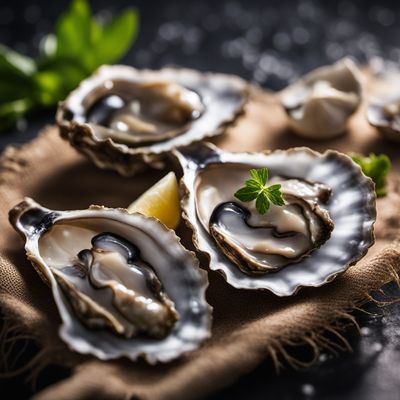
Oyster flavour
"The Ocean's Umami: Exploring the Delicate and Savory Oyster Flavour"
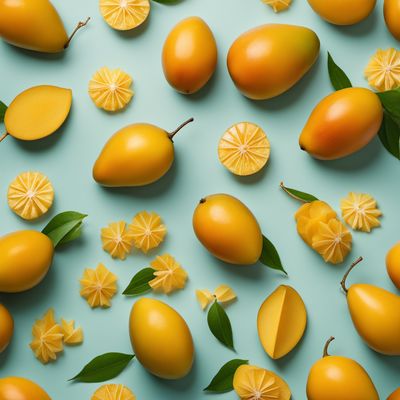
Mango flavour
The Tropical Temptation of Mango Flavour
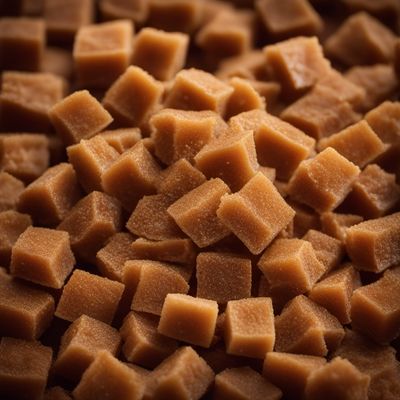
Brown sugar flavour
Sweet and Rich: Unveiling the Essence of Brown Sugar Flavour
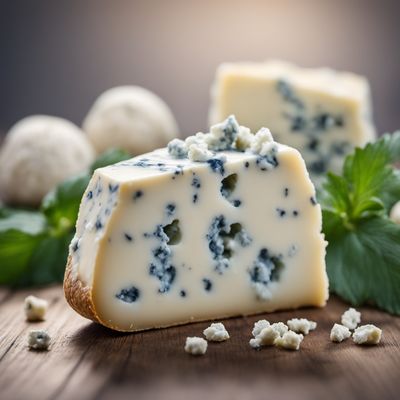
Blue cheese flavour
The Bold and Tangy Indulgence

Buttermilk flavour
The Creamy Delight: Unveiling the Magic of Buttermilk Flavour
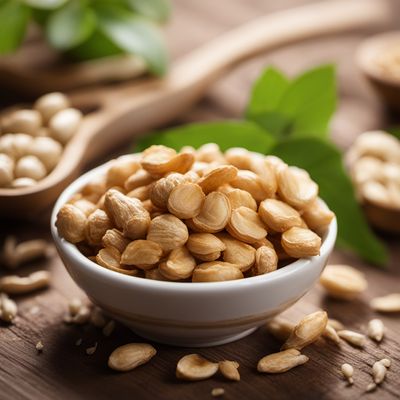
Ginseng flavour
"The Energizing Essence: Unveiling the Enigmatic Ginseng Flavour"

Sherry flavour
"The Art of Sherry: Unlocking the Essence of Flavour"
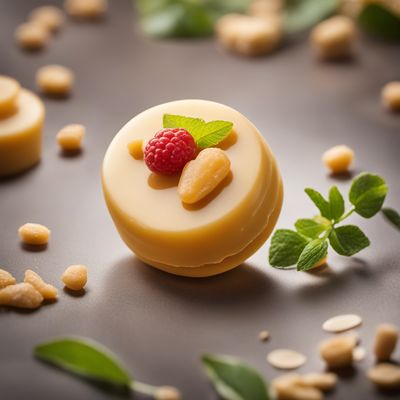
Marzipan flavour
The Sweet Almond Symphony